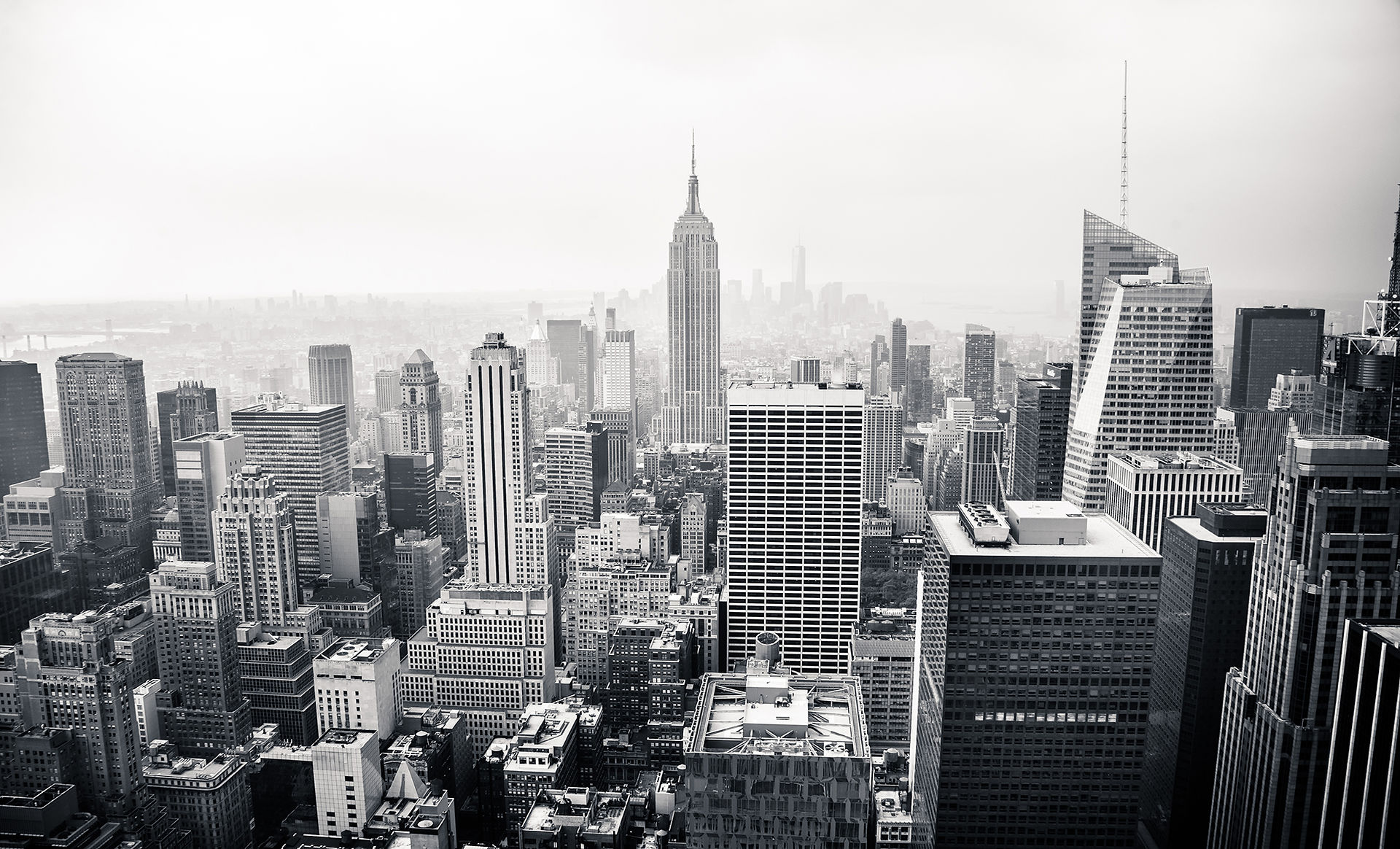Tales Of Three Cities
The course work aims to inspire the students towards fundamental knowledge and skills necessary to comprehend urban places. It is an exploration of both literature and reality. The case study cities will be studied for a) the historic social significance over urban planning and design, b) the application of contemporary scenarios on to design and practice and c) spatial experience being the student as an explorer in the city. The process will enable the student to comprehend the translation from a) a theory into design and b) a design understanding into spatial experience in the urban context.
Teaching Objectives
-
Introduce students to a range of historical and contemporary materials illustrating some key themes in the traditions of urban design.
-
Allow the students to explore issues of space, form and their relationship to aspects of use and cultural meaning.
-
Offer a start point for the students towards the field of urban design. This will also help the students to emerge as an urban architect.
Assignment 1: Presentation
THEORIZING THE COLONIAL CITY
Aims to explore the case study cities through the ideas and theories prevailed in historical and contemporary times. The objectives are to: a) critically think on various approaches of urban design and b) enhance prevailing ideas of urbanism to acquire prior knowledge for the site visit to the case study cities. There will be class discussions on the debates on factors that drive the urban form, where the usage of online sources would be effectively practiced.
URBAN JOURNAL
Site visits/online virtual studies on the case study city. Students are expected to capture interesting and meaningful sketches and photographs related to social (urban life) and spatial (nodes etc.) contexts of these towns. It is imperative that these sketches should contribute to the understanding of urban patterns and sense of place.
Religious buildings are the primary gathering spots for the community. It forms a contact point with higher contact intensity compared to the road.
Large and elaborate scale of administrative buildings in the area create an overwhelming sense of control and order towards the locals.
Different ornaments and carvings on the facade of the shop houses show the different vibrancy of identity, enhancing the rich culture of Penang.
The constant road width and organized arrangement of fine grain buildings along the street give a clearer sense of direction.
Diversified typologies with the combination of organized and eccentric building arrangement give a personal identity to the city of Penang.
Depth of the shophouses in Penang are usually longer than the width as loophole to avoid extra tax payment and land costs.
Consistent facade design and the five-foot walkways that connect to the front patio of the shop interior create a sense of welcoming to the passerby.
Facade ornaments of the buildings not only depict the affluence and influence of the owner but also the social status of them in the community.
Due to gentrification in the city, facade of some shophouses were modified or refurbished to fulfill the commercialized requirements in the area.
The different nodes and human activities encourage movement of users along the whole stretch of the street.
Assignment 2: A3 Digital Report
The students are required to document the spatial form of the city to note the key spatial experience that is driven by the urban form and content. The objectives are: a) to characterize the urban forms through Serial Vision; b) to establish the relationships and roles of the three urban design elements and c) to identify DISTINCTIVE aspects or patterns in in their layout offering to the characteristics of a ‘colonial city’. The students will be given with basic urban study techniques such as figure/ground, serial vision, collage city, space syntax, etc. Therefore the students are required to analyze and apply those techniques in order to evaluate the spatial (tangible) and/or social (intangible) patterns in the city. You are required to a) illustrate the urban distinctive character by formulating your own theory of understanding, b) present the tales of your wishes and c) evaluate through the comparison of three cities. The submission format will be online and digital reports.









